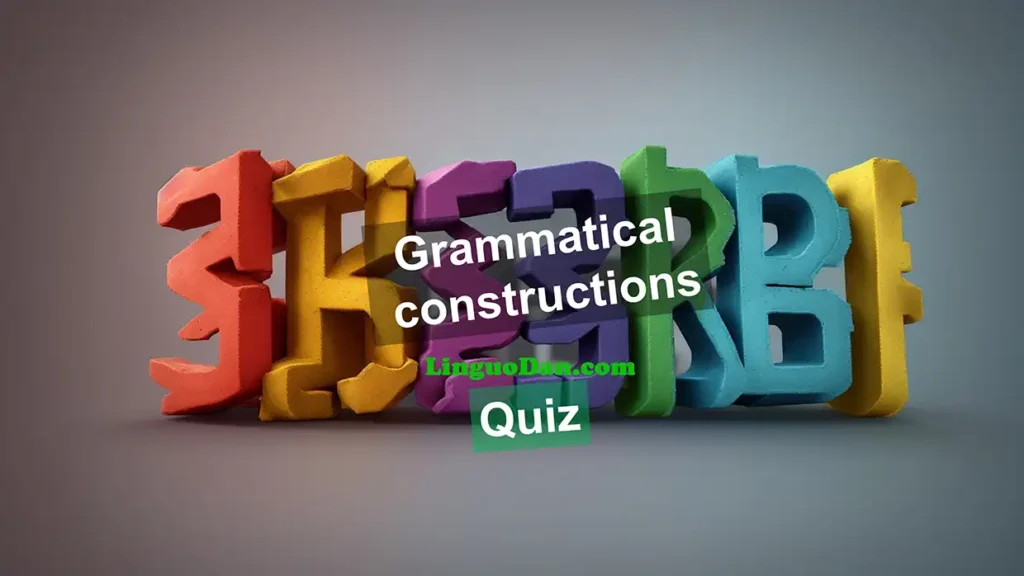Grammar Practice: Use of Gerund, Infinitive, Participle and Causative

Grammatical constructions: Gerund, Infinitive, Participle, and Causative Forms – How to Choose the Right One? (Tests and Explanations)
For those aiming to achieve fluency in English, mastering grammar is essential. Among the key areas of focus are the gerund, infinitive, participle, and causative constructions. These grammatical forms are crucial for expressing actions, intentions, results, or states in both written and spoken English.
In this article, we’ll explore the key rules for using each of these forms, highlight common mistakes, and provide a practical quiz to reinforce your understanding. By the end, you’ll gain confidence in choosing the correct form and improve your overall command of English grammar.
Gerund: Rules and Examples
A gerund is a verb form that ends in -ing and functions as a noun. Gerunds are often used after verbs that express likes, dislikes, and preferences, such as “like,” “enjoy,” and “avoid.” For example:
- I enjoy swimming.
Understanding how and when to use gerunds is vital, as they are frequently used in everyday English and can greatly expand your sentence structure.
Infinitive: Usage Guidelines
The infinitive form consists of the verb with “to” and is often used to indicate intention, purpose, or future actions. Infinitives commonly follow verbs such as “decide,” “want,” and “plan,” and can also be used after adjectives to clarify an action:
- She decided to learn English.
Knowing when to use the infinitive will help you avoid common mistakes and enhance your English proficiency.
Participle Forms in English
Participles can be either active or passive. The present participle (ending in -ing) indicates ongoing actions, while the past participle (often ending in -ed, but sometimes irregular) is used to describe completed actions or passive voice. For example:
- The crying baby (an active, ongoing state)
- The broken vase (a completed action or passive description)
Causative Constructions: How to Use Them
Causative constructions enable you to express that someone else is performing an action on your behalf. Common verbs used in causative forms include “have” and “get,” often followed by an infinitive without “to” or a past participle. Examples include:
- I had my car washed.
- She got her hair done.
These constructions are especially helpful for making polite requests or commands in a professional context.
Choosing the Right Form: Key Tips
In grammar exercises, you may need to select the most appropriate grammatical form based on the sentence context and the type of verb or construction that accompanies it.
For example:
- After sensory verbs like feel, hear, and see, it’s common to use the bare infinitive or present participle:
- I felt someone tap me on the shoulder.
- For actions occurring at the moment of speaking, the present participle is often used:
- Look at that old man trying to cross the road.
Grammar Practice: Gerund, Infinitive, Participle, and Causative Constructions
Now it’s your turn! After reading this article, take the test to check your understanding. The quiz includes a variety of grammatical constructions to help you better understand each form in context. Remember, our site has many more resources to support your English learning journey, including articles, exercises, and tips for improving your language skills.